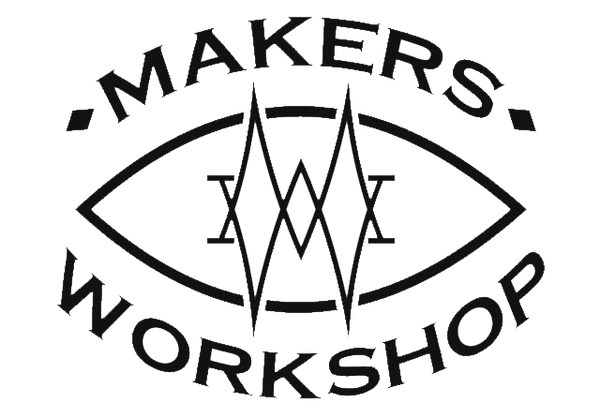When it comes to creating intricate designs and precise cuts, laser cutting has become an indispensable tool for artisans and craftsmen. This innovative technology has revolutionized the world of handmade products, allowing artists to bring their visions to life with unparalleled precision and efficiency. In this blog post, we will explore the art of handmade through the lens of laser cutting, diving into its process, applications, and the unique advantages it offers.
What is Laser Cutting?
Laser cutting is a manufacturing process that uses a high-powered laser beam to cut or engrave materials such as wood, acrylic, leather, and metal. The laser beam is controlled by a computer, which directs it along the desired cutting path, resulting in intricate and precise cuts. This technology offers a level of accuracy and detail that is difficult to achieve with traditional cutting methods.
How Does Laser Cutting Work?
At its core, laser cutting works by focusing a laser beam onto the surface of the material, which heats and vaporizes the material, creating a clean and precise cut. The laser beam is generated by a laser tube, which contains a mixture of gases, typically carbon dioxide, nitrogen, and helium. When an electric current is applied to the gases, it excites the molecules, causing them to emit a laser beam.
Applications of Laser Cutting
Laser cutting has found its way into a wide range of industries and applications. From jewelry making to architectural model building, this technology has opened up new possibilities for artisans and designers. Here are just a few examples of how laser cutting is being used:
1. Customized Jewelry: Laser cutting allows jewelry designers to create intricate and personalized pieces with ease. From delicate filigree patterns to engraved initials, the possibilities are endless.
2. Home Decor: Laser-cut home decor items, such as wall art, lampshades, and coasters, add a touch of elegance and uniqueness to any space.
3. Fashion and Accessories: Laser cutting is widely used in the fashion industry to create intricate patterns on fabrics, leather goods, and accessories.
4. Prototyping and Model Making: Architects and product designers use laser cutting to quickly and accurately create prototypes and architectural models.
The Advantages of Laser Cutting
There are several advantages to using laser cutting in the handmade industry:
1. Precision: Laser cutting offers unparalleled precision, allowing artists to create intricate designs and detailed cuts that would be difficult to achieve with traditional methods.
2. Efficiency: Laser cutting is a fast and efficient process, enabling artists to produce their creations in a shorter amount of time.
3. Versatility: Laser cutting can be used on a wide range of materials, including wood, acrylic, leather, and metal, making it a versatile tool for artists and craftsmen.
4. Reproducibility: Laser cutting allows artists to reproduce their designs with consistency, ensuring that each piece is identical in quality and detail.
As laser cutting continues to evolve and become more accessible, we can expect to see even more stunning and intricate handmade creations. Whether you're a jewelry designer, a furniture maker, or an architect, laser cutting offers endless possibilities for bringing your artistic vision to life with precision and efficiency.

